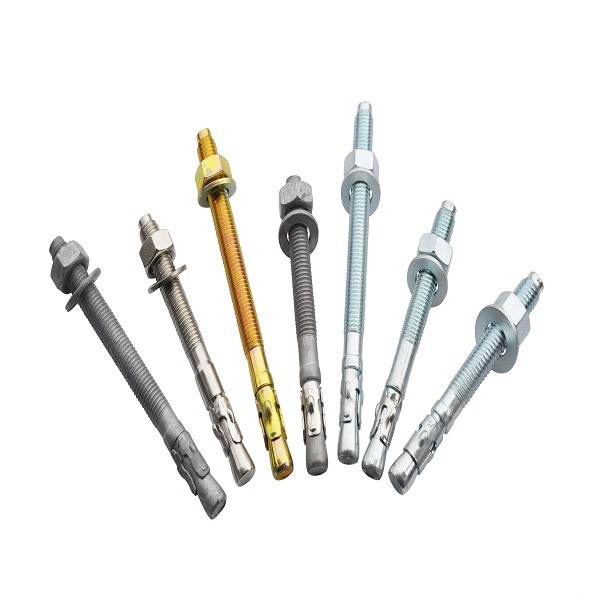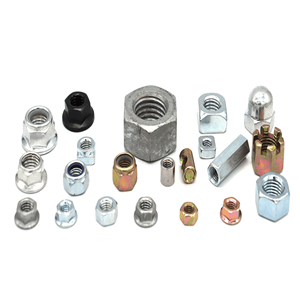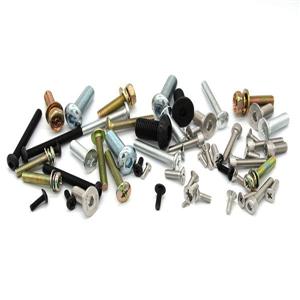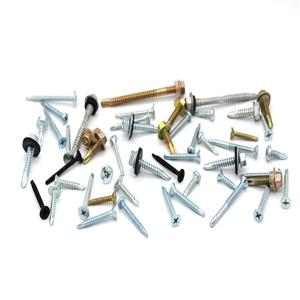Anchor bolt detection and installation method
How to test the quality standards of anchor bolts? What are the installation methods for anchor bolts? The following small series for everyone to talk about the anchor bolt quality detection method and installation steps, I hope to help everyone.
Anchor bolt detection method
1. Torque test. Its test method is to draw the line at the relative position of the end of the bolt and the nut, and then return the nut to 60 degrees. Then use the torque wrench to measure the torque value. The error should be Within 10 degrees.
2. corner test
Check whether the angle between the final starting line and the ending line drawn at the nut and the relative position after the initial screwing has reached the specified value. Draw a line at the opposite end of the bolt end and the nut, then loosen the nut completely, and retighten the bolt at the specified initial tightening torque and final tightening angle to see if it overlaps with the original line. The final twist angle deviation is within 10 degrees.
3. Torque test method for torsion shear type high strength bolt construction
First, observe the twisting of the tail plum head. If the tail plum head is screwed off, the final torque will reach the quality inspection standard; if the tail plum head is not screwed off, it should be tested according to the torque method or the corner method.

Anchor bolt installation method
1. One-time embedding method: When pouring concrete, embed the anchor bolts. When the tower is controlled by the overturning, the anchor bolt should adopt the one-time embedding method.
2. Reserved hole method: the equipment is in place, the hole is cleaned, the anchor bolt is placed in the hole, and the equipment is positioned and corrected, and then the non-shrinking fine stone concrete higher than the original foundation is used for watering, tamping and compacting. . The distance from the center of the anchor bolt to the edge of the foundation shall not be less than 2d (d is the diameter of the anchor bolt), and shall not be less than 15mm (not less than 10mm when d≤20), not less than half of the width of the anchor plate. Add 50mm. When the above requirements are not met, appropriate measures should be taken to strengthen them.
The diameter of the anchor bolts used for the structure should not be less than 20mm. When subjected to earthquakes, double nuts should be used, or other measures to prevent loosening should be used, but the anchor bolts should be anchored for 5 days longer than the non-seismic anchor lengths.
The loosening of the anchor bolts in the foundation may loosen the bolts when the anchor bolts are tightened. In this case, the bolts should be adjusted to the original position, and the foundation around the bolts should be scooped out enough and then welded on the bolts. Vertical and horizontal two U-shaped steel bars, and finally the water is cleaned and grouted in the pit. After the concrete is solidified to the design strength, the treatment method of the foot bolt deviation is tightened, which is roughly the same as the method of dead anchor bolts. It is only possible to pull out the anchor bolts. If the bolt is too long, a piece of thread can be cut on the machine tool; if the bolt is too short, it can be extended by hot forging; if the position is not consistent, it can be corrected by bending method.
The above is about the introduction and installation method of anchor bolts. I hope everyone can understand the detection and installation methods of anchor bolts.




